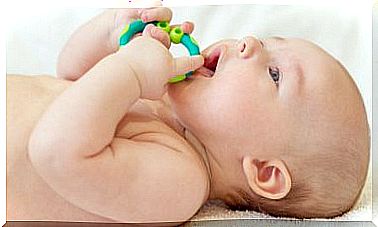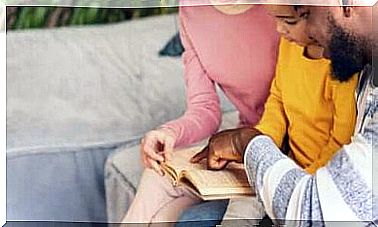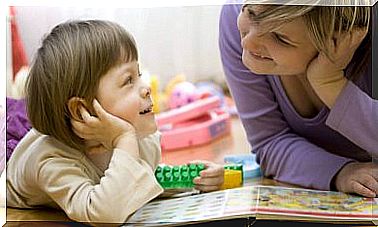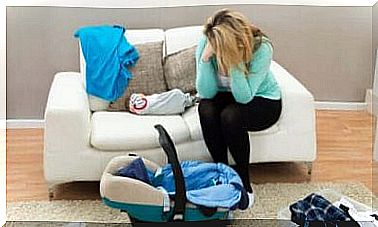How To Choose Suitable Shoes For A Child?
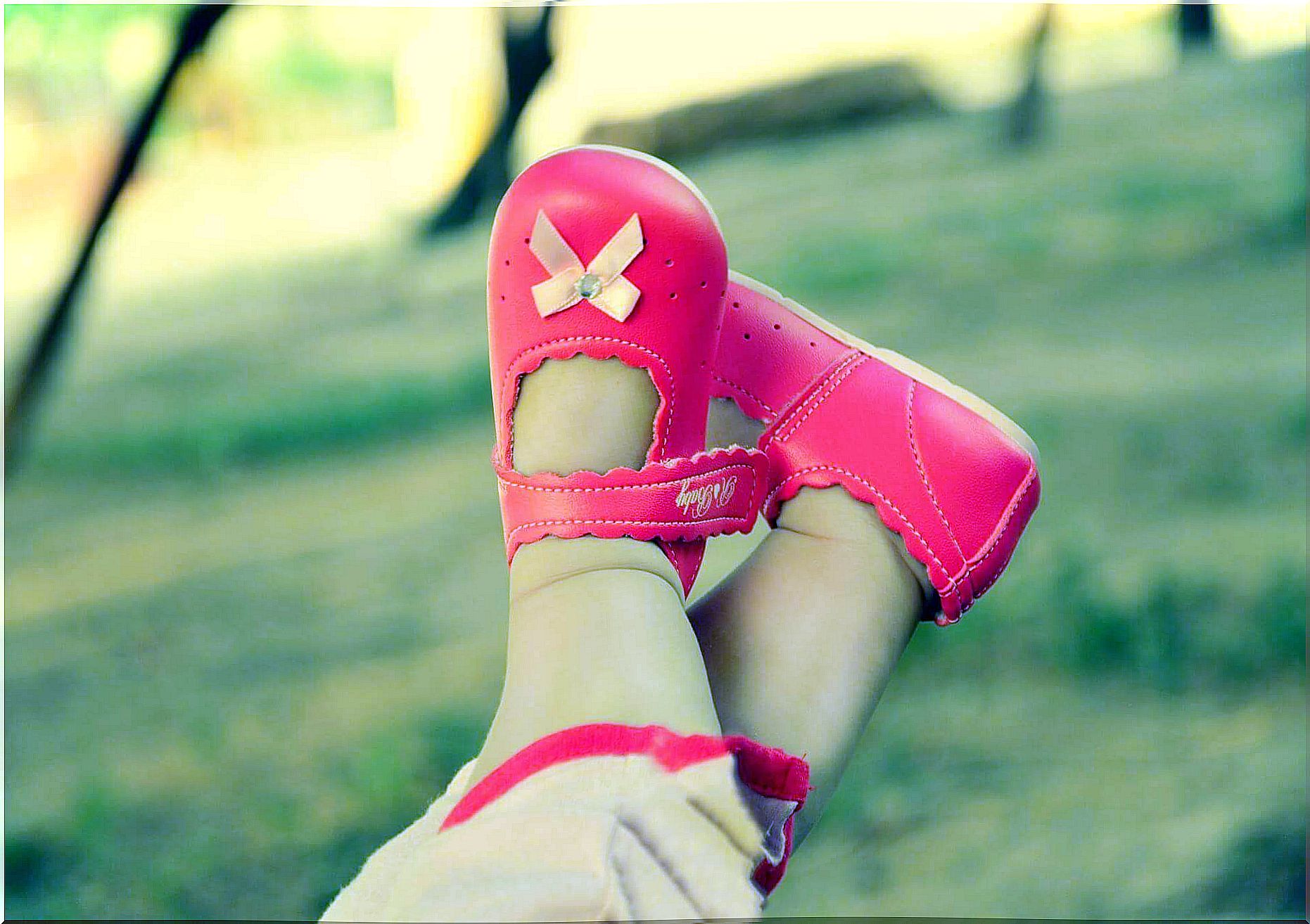
In the first months of life, the baby has little use for shoes, but the job of various buttocks is mainly to protect his feet from the cold and possible damage. The child needs suitable shoes at the point when he or she begins to learn to walk. The main task of his first shoes is to support his attempts to get on his feet and walk on his own.
Shoes should be chosen carefully, as a child’s developing feet are more sensitive than an adult’s feet and more prone to damage. Shoes that support the normal growth and development of his feet are recommended for the child. The best baby shoes are comfortable, flexible and light enough. A good pair of shoes helps a child to adopt a good posture, and this in turn has positive effects on his or her physical development over time.
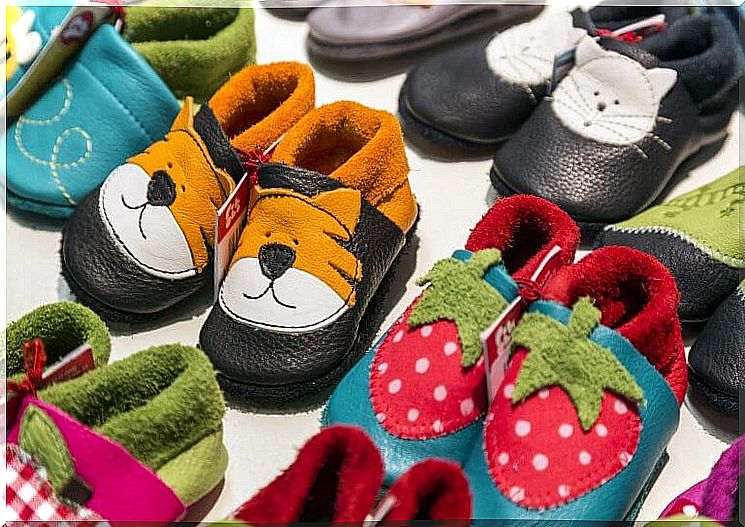
How to choose suitable shoes for a child?
- The shoes must be the right size. Too small shoes squeeze a child’s feet, while shoes that are too large make walking difficult and cause other problems.
- Material is one of the most important factors in shoes, as it affects the comfort and service life of the shoe. The shoes can be made of fabric or leather, as long as the material used is breathable, flexible, insulating and feels comfortable on the foot.
- The shoe should be straight. To ensure this, you can look at the sole of the shoe. The fact that the left shoe is not distinguished from the right means that the shoe is straight. An excessively sloping sole can cause deformities in the child’s toes.
- The toe of the shoe should be round and closed. The child must be able to move his toes.
- Seamless shoes are the best option as seams can rub on a child’s feet.
- Low-heeled shoes are not the best option for a small child, but the child’s feet benefit more from high- heeled heels that provide good support. Babies always have flat feet, as the arch of the foot only develops later. Only when the arch has developed – at about the age of four – should you start wearing low-heeled footwear.
- The sole should be sturdy, thin enough and made so that it prevents the child from slipping.
- The shoe fastening mechanism is also worth considering. The good side of the sticker attachment is its ease of use, as it is enough to slip the shoes on the foot and the child is ready to walk. However, the velcro fastening opens more easily than the knotted straps, and does not support the child’s foot enough, especially in the first years of life, when the child is still learning to walk. The straps make it easy to control the tension of the shoes, although care must be taken not to tie the straps too tightly so that the shoe does not pinch the child’s foot. When using lace-up shoes, remember to tie the strings well so that the knot does not open and pose a risk of tripping on the child.
How do you know what size shoes your child needs?
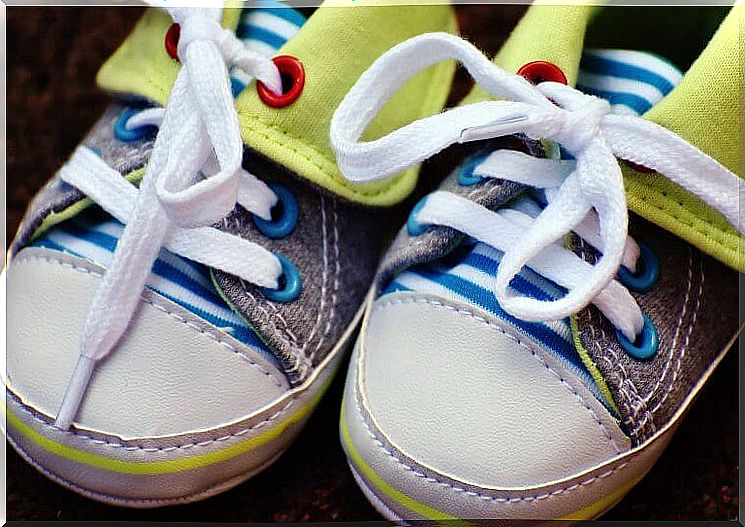
Here are some tips to help you find the right size shoes:
- When fitting shoes, you should start by removing the insole from the shoe and then place the shoe on the ground and ask the child to put their feet inside it. The child’s toes should not exceed the width of the shoe, and there should be about a centimeter of growth between the longest toe and the toe of the shoe.
- New shoes should be fitted at the end of the day, when the child’s feet are most swollen.
- Some parents reproduce the child’s feet on paper to purchase shoes. However, not all professionals recommend this technique, and shoes should always be fitted to a child’s foot to ensure they fit.
- Not only should the shoes not be too small, they should also not be too large. Some parents buy shoes that are a little too big for the child, thinking that the child will be able to handle them for such a longer period of time. This may be true, but walking in the wrong size shoes doesn’t do any good for a child’s feet.
